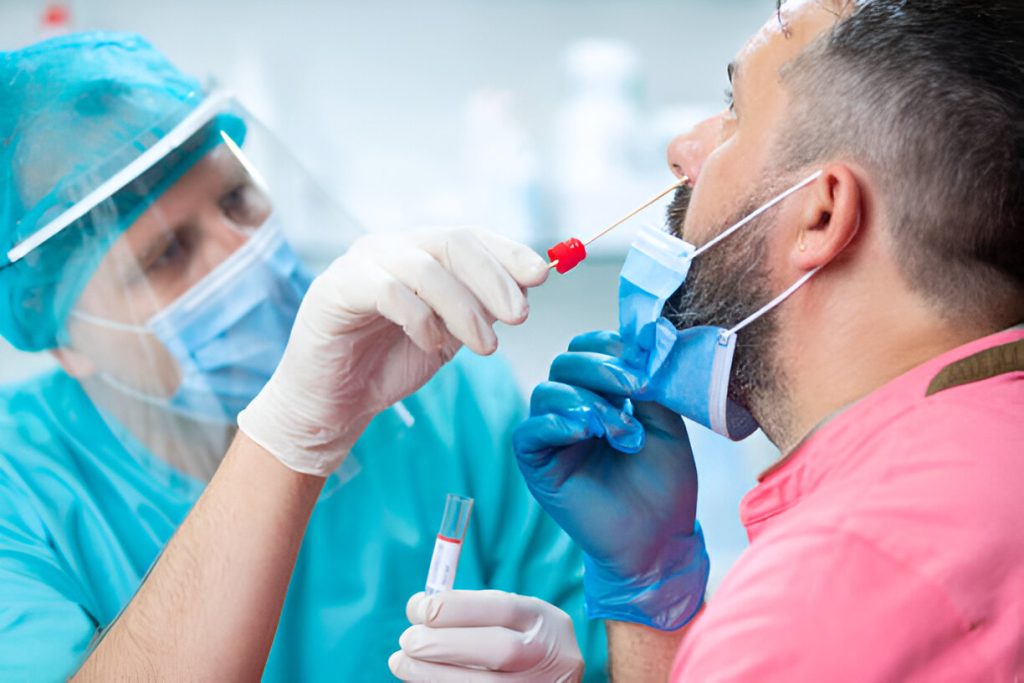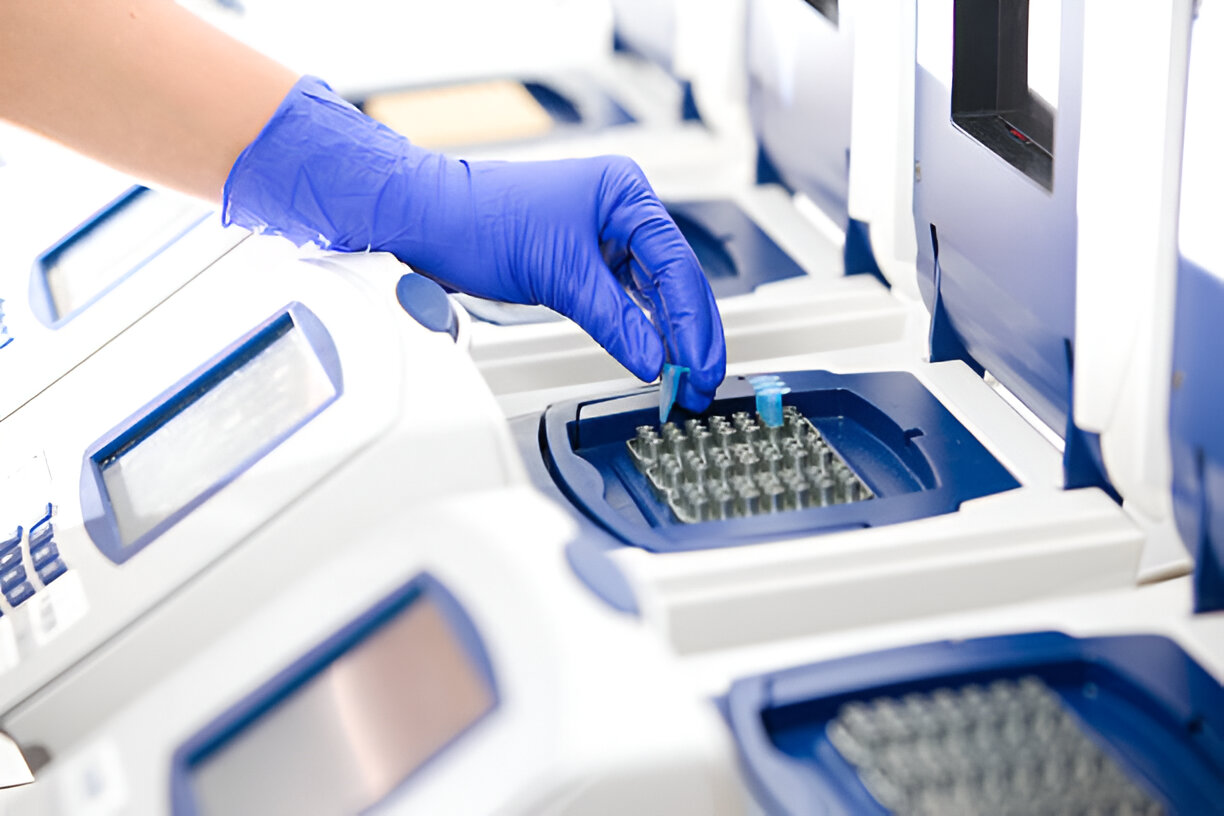
Hospitalization rates are high around the world because of respiratory infections. You need to identify the cause of pathogen like influenza and RSV rapidly needs and accurately to ensure optimal infection treatment and control measures.
- Single-pathogen PCR alongside culture testing takes excessive time to identify infections because these diagnostic tools provide limited information about infection complexity.
- Multiplex PCR technology stands as a breakthrough in pathogen detection methods because it performs many simultaneous tests using just one assessment.
Early patient intervention becomes critical because this diagnostic advancement greatly improves hospital diagnostic speeds especially for patients who need quick intervention to avoid severe consequences.
Jant Pharmacal is a leading molecular diagnostic manufacturer for delivering high-quality standard and lyophilized multiplex RT PCR panels to detect respiratory pathogens. The panels establish quick and dependable identification solutions for medical institutions as well as clinical laboratories which need to recognize infection quickly. The lyophilized format brings various advantages including better stability and easier storage together with straightforward workflow procedures. The lyophilized panels eliminate cold-chain requirements to offer PCR testing capabilities at affordable rates for healthcare facilities operating in multiple environments.
The power of multiplex PCR in respiratory diagnostics
A multiplex PCR kit allows laboratory analysis of 17 different pathogens using one testing procedure to detect the root cause of respiratory infection.
The diagnostic method evaluates seventeen different infectious agents which include:
- Influenza A and B
- Respiratory syncytial virus (RSV)
- Adenovirus
- The recent threat like SARS-CoV-2.
The simultaneous search for different viruses and bacteria using a multiplex PCR kit provides substantial time-saving benefits and reduces the need for retesting procedures. Such efficiency in hospitalized patient testing allows for quicker medical choices that lead to enhanced treatment results and reduces the risk of secondary infections.
The main favorable aspect of multiplex PCR is its ability to detect pathogens very precisely and produce results with exceptional sensitivity. The results from its diagnosis become available within hours while traditional diagnostic methods typically need multiple days to deliver the findings. Early diagnosis depends on the speedy results because it guides healthcare providers to select proper antiviral medications and antibiotics that cut down transmission rates while improving patient care delivery.
Why hospitals are implementing multiplex PCR technology?

Medical institutions and diagnostic labs are increasingly adopting multiplex PCR kit technology it is a dependable and effective tool.
The pathogen detection process for respiratory patients becomes more efficient because these kits:
- Decrease laboratory staff involvement
- Reduces the risk of cross-contamination
- Allows scalable testing options
The Lyophilized RT PCR test panels simplify the process offering stable reagents that don’t need refrigeration, thus reducing logistic challenges and ensuring consistent test performance.
Besides, medical professionals need to accurately identify bacterial and viral respiratory causes because antibiotic-resistant infections continue to increase around the globe. Through multiplex PCR testing healthcare providers can make appropriate antibacterial treatment choices which helps minimize both medicine misuse and antibiotic over prescription.
The future of respiratory pathogen detection
The rising need for improved diagnostic tools will increase given the continuous evolution of existing pathogens and emergence of new respiratory pathogens. Multiplex PCR technology establishes an essential advancement that enables respiratory infection management through rapid, precise and user-friendly testing procedures.







